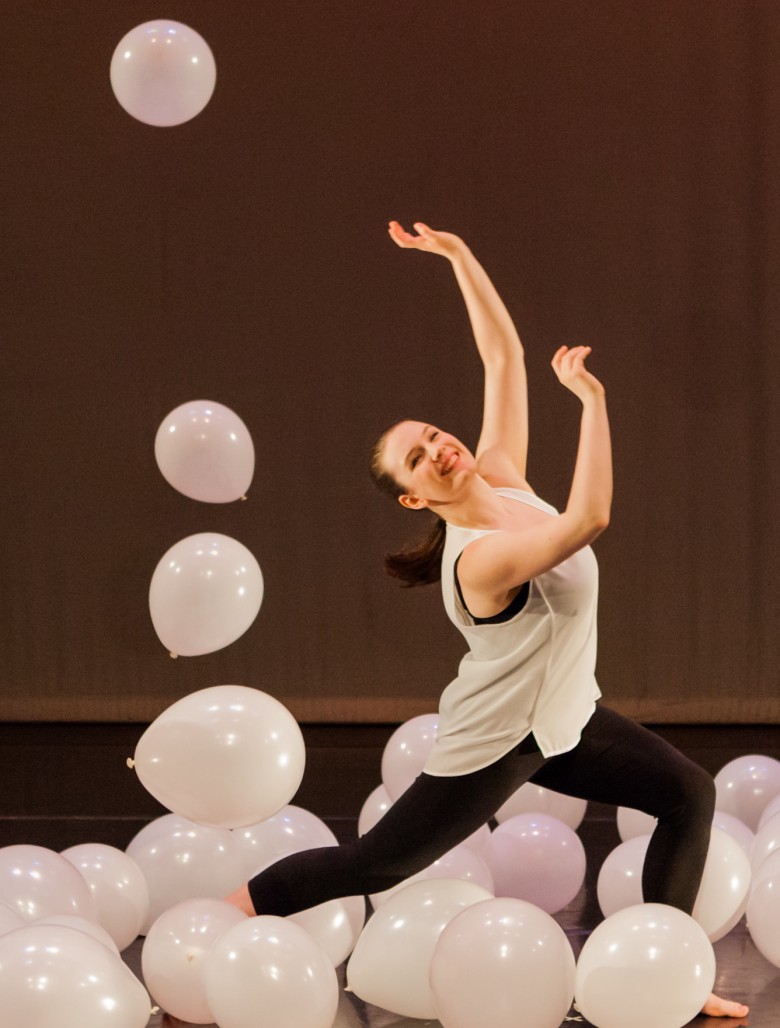What is technique? Part 1 - The Laws of Nature

Welcome
Welcome to Words To Dance By. It is a blog by me, Leica Hardy, about the art of dance, the art of teaching dance and the art of learning to dance.
The decision to start a blog has been on my ‘To Do’ list for a very long time. Like all of my creative projects I let the idea simmer on the back burner of my mind until it comes to a full rolling boil. It’s only then that I feel ready to set it in motion. All good blogs, or anything creatively done well, will have a point of view and a vision. They drive the creation forward and give it purpose. So the first daunting task was to articulate what was at the heart of my blog and in doing so I also realized that I would be defining myself as a dancer, instructor and choreographer for the world to see!
The next task was actually more daunting. “What was the topic of my first post? What was the primary topic that would open the door into a dance studio of stimulating and pertinent discussions?” And then I stumbled upon a discussion on the concept of form and function. Voila, the topic hit me in one of those ah-hah moments. So here goes…
What is technique – form or function?
The Purpose of Technique
Evolved technique will create high levels of habitual skill coupled with ease and efficiency in the dancer. There are also artistic and aesthetic considerations that include line, musicality, quality of movement and one of great importance, artistic expression. We are not merely practicing a physical skill, but an art form. Dancing looks natural and easy on the skilled dancer, it is not artificial or contrived. Their technique gives them the freedom to express themselves in the millions of possible ways a choreographer can envision.
Good Technique → Efficiency → Ease Of Movement
Dance And The Laws Of Nature
Our anatomy is our anatomy, gravity is gravity, physics is physics. The reality and laws of nature rule the day. No matter what type of dance technique or style you are studying these things don’t change. Therefore what works well for that particular dancer in one technique or style should work for that dancer for any other technique or style. Their technique must be neutral and purposeful for all types of movement and work well for the anatomical nuances of the individual dancer. The rest is merely a layering on of style, as required by the aesthetic needs of the choreography.
In Part Two of this topic I continue my discussion of style, versatility and how sound habitual technique builds the dancer’s instrument.
Photo this page by Cathy McKelvey.
You may subscribe to Words To Dance By via email, Facebook or Twitter. Please use the icon links below.
Copyright Information
All content on this blog are original copyrighted material, unless otherwise stated. Content on Words To Dance By may not be reproduced in any form without written permission by the author. We welcome the use of links to the original posts on the site. Correctly cited and attributed quotes or short excerpts are welcomed and appreciated.